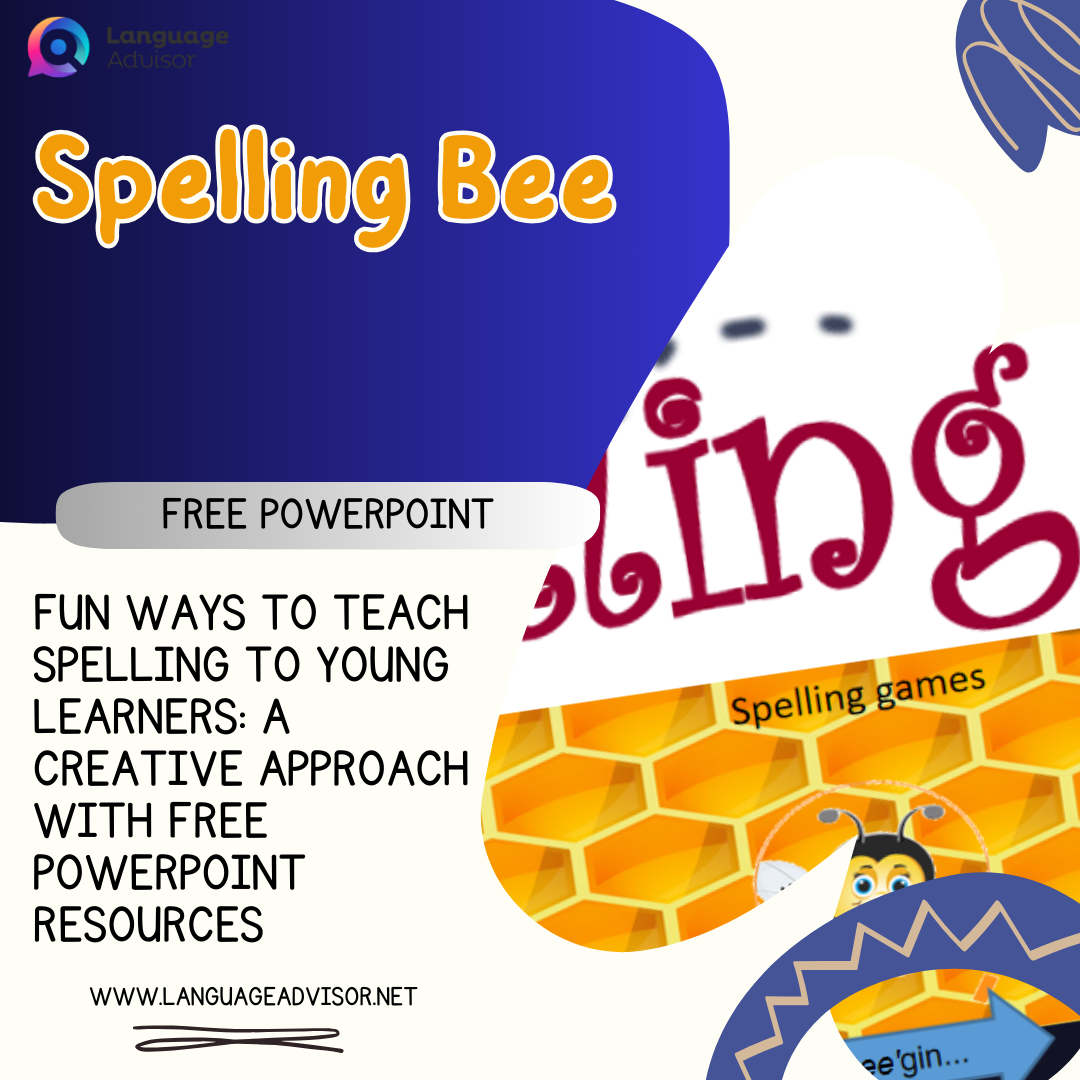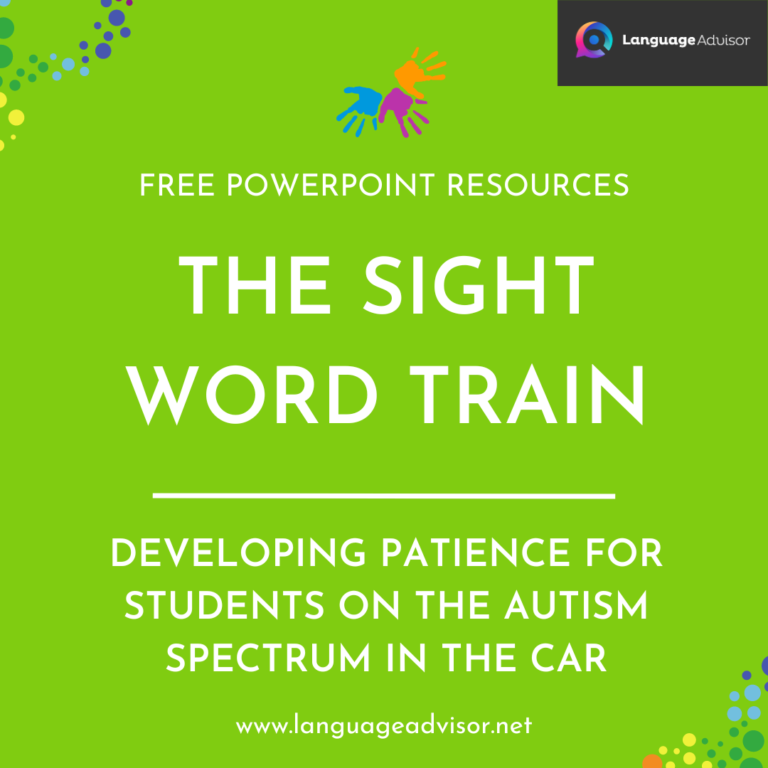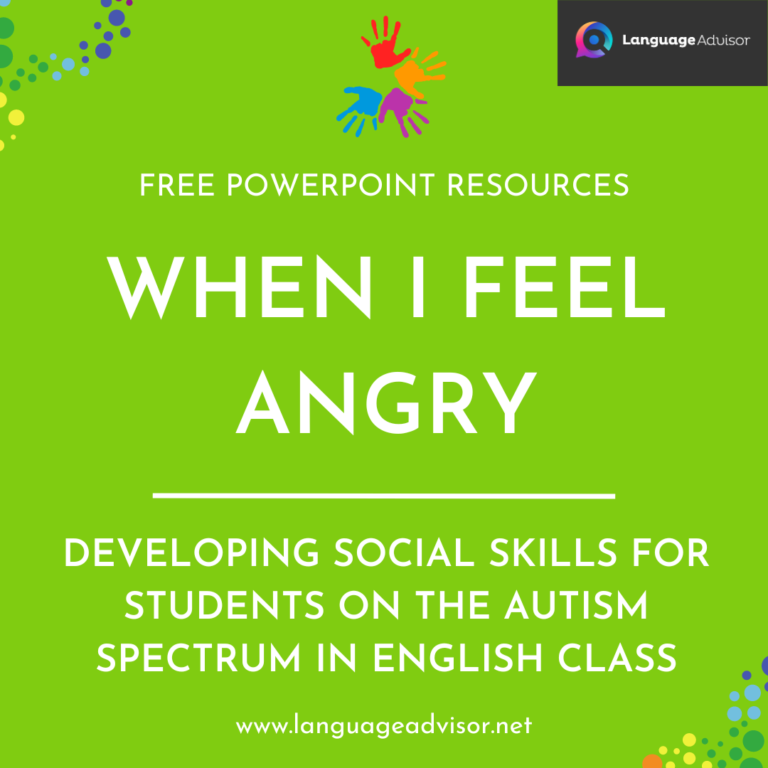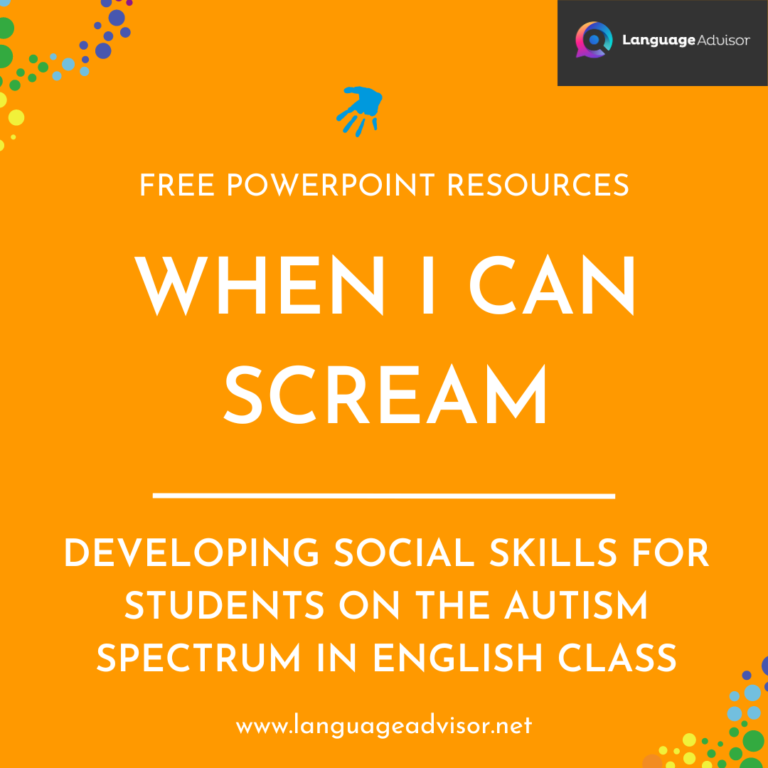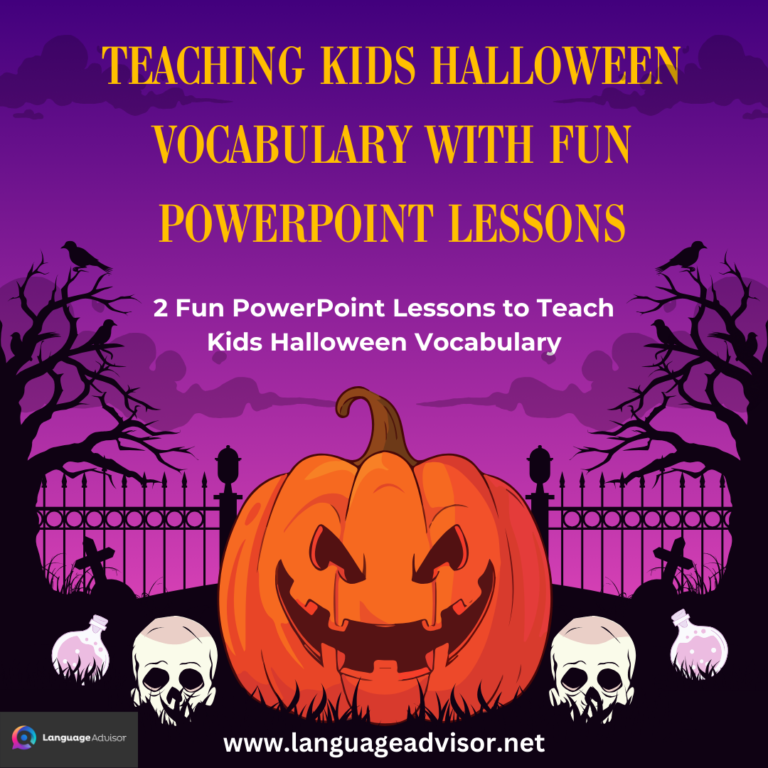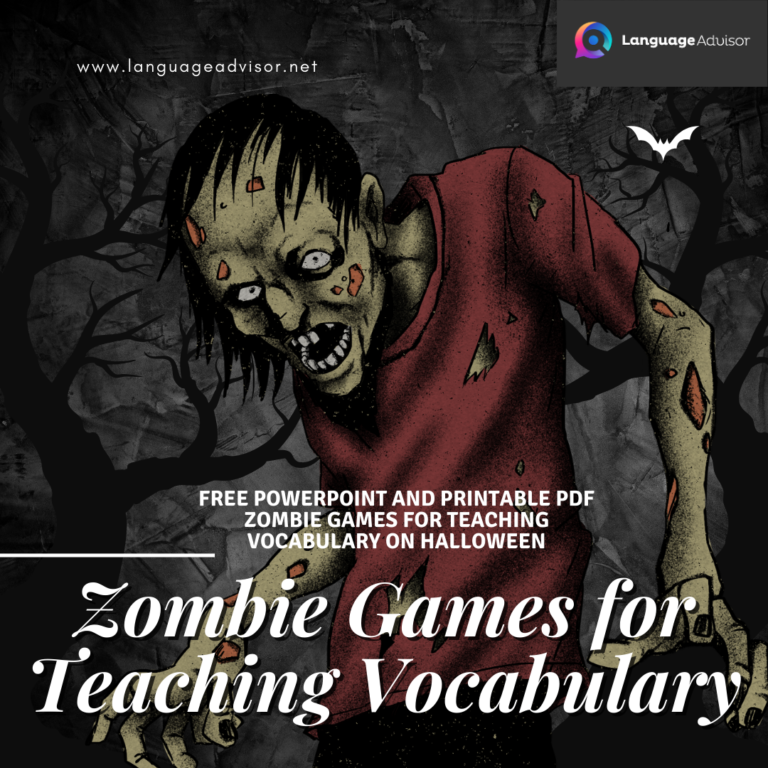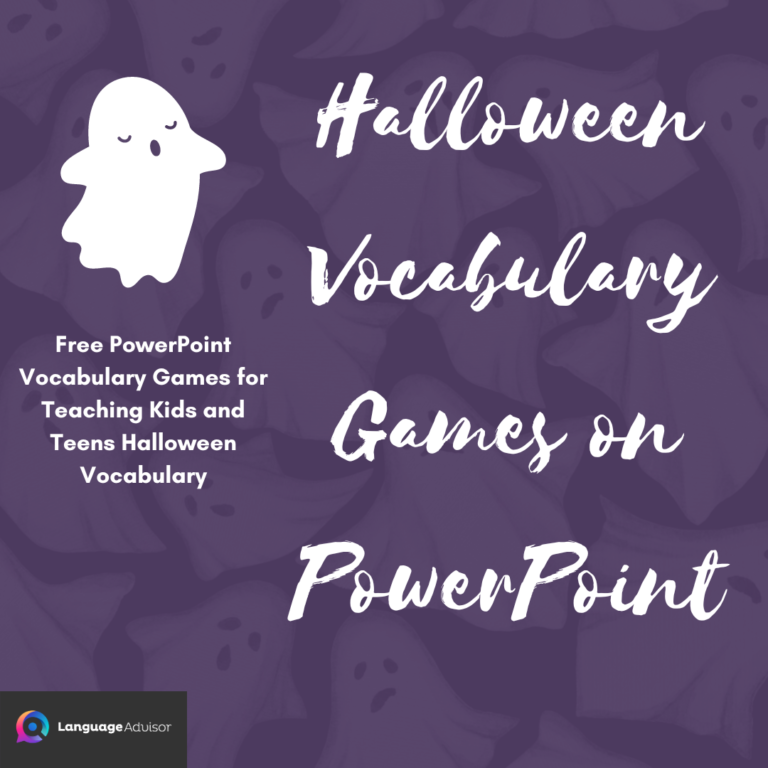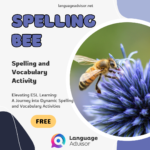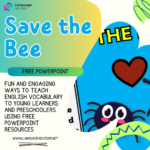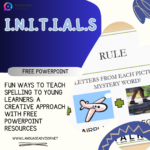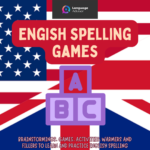Spelling Bee. Fun Ways to Teach Spelling to Young Learners: A Creative Approach with Free PowerPoint Resources
Spelling Bee

Spelling Bee
Spelling can often be a challenging subject for young learners. However, with the right tools and techniques, it can also be made fun and engaging. In this blog post, we’ll explore some creative ways to teach spelling to young learners and provide free PowerPoint resources to enhance their learning experience.
The Importance of Teaching Spelling
- Interactive Spelling Games: One of the best ways to engage young learners in spelling is through interactive games. Create games such as word searches, crossword puzzles, or spelling bees using PowerPoint. These games not only make learning enjoyable but also help reinforce spelling skills in a playful manner.
- Visual Learning Aids: Visual aids are essential for young learners to grasp spelling concepts effectively. Use PowerPoint to create flashcards with colorful images and words. Incorporate animations and sound effects to make the learning process more interactive and memorable.
- Mnemonics and Rhymes: Mnemonics and rhymes are great mnemonic devices that can help young learners remember how to spell tricky words. Create mnemonic slides with catchy phrases or rhymes to help children remember spelling rules and patterns. PowerPoint is a versatile tool for designing visually appealing mnemonic aids.
- Word Building Activities: Encourage active participation by incorporating word-building activities into your spelling lessons. Use PowerPoint to create interactive slides where students can drag and drop letters to form words. This hands-on approach not only enhances spelling skills but also improves motor skills and coordination.
- Storytelling and Writing Prompts: Harness the power of storytelling to teach spelling in context. Create PowerPoint presentations with engaging stories or writing prompts that contain spelling words. Encourage students to write their own stories or sentences using the words provided. This approach helps students understand the practical application of spelling in everyday language.
Teaching spelling to young learners doesn’t have to be boring or tedious. By incorporating interactive games, visual aids, mnemonic devices, word-building activities, and storytelling into your lessons, you can make spelling fun and engaging for children. And with free PowerPoint resources readily available online, you have the tools you need to create dynamic and effective learning experiences for your students.
So why wait? Get creative with your spelling lessons today and watch your young learners become spelling superstars!

Spelling Bee
DOWNLOAD THE POWER POINT FOR FREE
PDF Loading...


